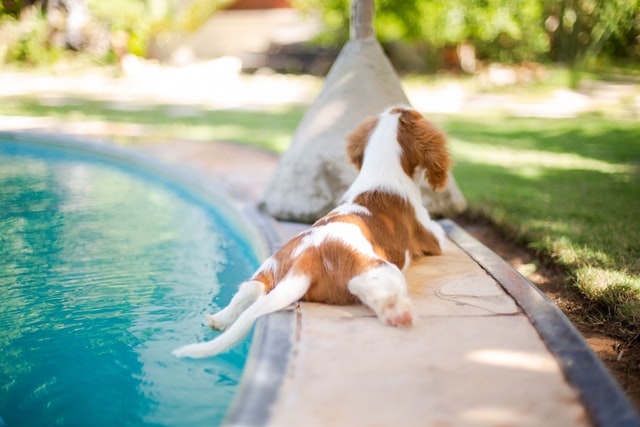How to Make Things Better:
Use food to form positive associations!
For example, if a car beeps its horn startling your puppy, start making a habit of giving him a treat immediately upon hearing the beeping.

At some point the car beep will become a predictor of treats, a bit like an icecream truck becomes a predictor of refreshing goodies.
Have volunteers participate in “mock vet examinations” and provides the puppy treats throughout. Practice giving “fake vaccinations” with a pen and feed the puppy treats throughout. Be very careful to not inflict pain.
Make car rides fun!
Have a DAP diffuser plugged in reception once you bring your puppy home for the primary time. Make crate training fun by
providing the puppy with toys and treats inside the crate.
Second Fear Period: 6 to 14 Months
While the 8 to 12 week puppy fear period is in some cases hardly noticed by puppy owners, the second fear period appears to possess a way bigger impact. Rover has grown now, and if he’s an outsized breed dog, he may even weigh 100 pounds or more!
This fear period is believed to be tied to the dog’s sexual maturity and growth spurts.
This means that in large breeds it’s going to develop later compared to a smaller dog. This stage is additionally referred to as
“teenage flakiness” according Ellen Dodge in her article “Critical Periods in Canine Development,” which was published in
Weimaraner Magazine in October 1989.
In the wild, dogs at this age are allowed to travel on hunts with the remainder of the pack. At this stage, it’s important for them to
find out to stay with the pack for safety, but they also got to study fear since they have fear for survival purposes.
The message to the puppy is to run away if something unfamiliar approaches, explain Wendy and Jack Volhard within the book “Dog Training for Dummies.”
Reactivity levels rise during this stage causing the dog to act defensively, protective and more territorial. Owners often report the
fear seems to begin of nowhere. Dogs appear scared of new stimuli, but also can be triggered by stimuli met before that didn’t
previously cause a reaction.
As within the first fear period, it’s best to avoid traumatic experiences during this point like shipping dogs on a plane or anything overwhelming.
Because at this stage the owner could also be handling a dog barking and lunging and pulling on the leash, this fear period features a
bigger impact, causing the owner to stress about the dog’s behavior.
